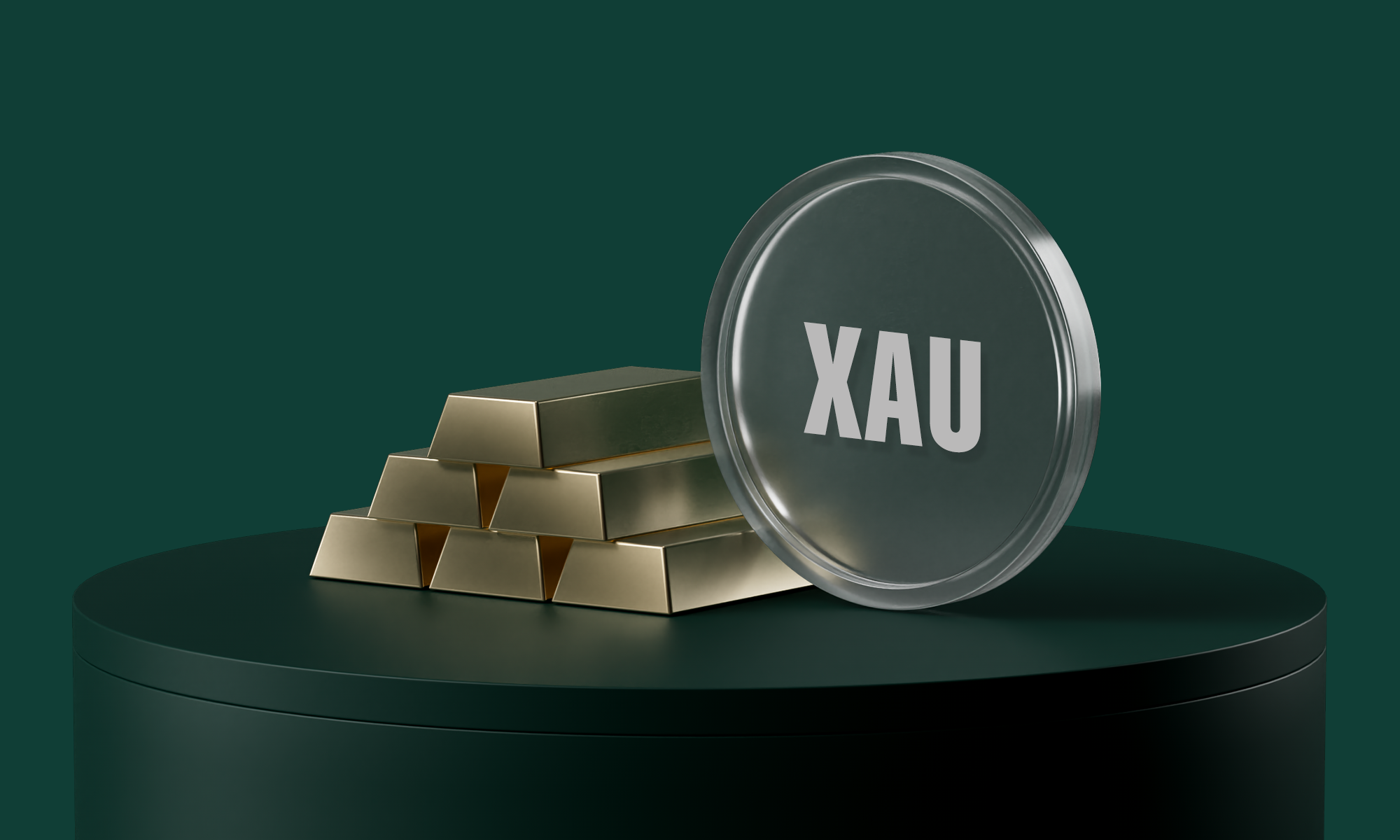What is inflation and how does it affect currencies and wealth?
Inflation describes the sustained increase in the general price level within an economy. This means that, over time, you can afford less with the same amount of money, as its purchasing power decreases. The inflation rate indicates how much prices have increased over a specific period. It’s usually calculated based on the consumer price index.
The causes of inflation are varied, but they can usually be traced back to a few key factors:
a sharp rise in demand for goods and services that exceeds supply
rising production costs, such as higher prices for energy or raw materials
an expansive monetary policy by central banks with low interest rates and increased money supply
external factors such as political conflicts, crises or global supply bottlenecks
Inflation has direct effects on fiat currencies like the euro or the US dollar. When prices rise faster than incomes, money loses its real value. As a result, traditional investment forms like bonds suffer from a loss of purchasing power. The result? Many investors actively look for investments considered especially stable in value and inflation-proof. Gold has repeatedly proved a preferred choice, as it exists as a limited precious metal independently of the fluctuations of fiat currencies. Many investors therefore assume gold can act as a hedge against inflation in years of crisis.
Gold price and inflation over time
What happens to the gold price when inflation rises? The answer has changed repeatedly throughout history. This chapter explores the historical relationship between gold prices and inflation, analyses causes and effects, and shows how this dynamic has evolved over the decades.
Gold as inflation protection under the gold standard
Gold was used as money or through gold-backed currencies for much of history. In systems like the classical gold standard (1870–1914), inflation was virtually excluded, as the money supply was directly tied to available gold reserves. In such times, the price of a troy ounce was stable because it was fixed to the respective currency.
With the end of the Bretton Woods system in 1971 and the US dollar’s decoupling from gold, a new era began. The Bretton Woods system was an international monetary system established in 1944 after the Second World War. The currencies of participating countries were pegged to the US dollar, which in turn was backed by gold. Once the dollar was decoupled from gold, however, gold could be traded freely and its price was determined by supply, demand and macroeconomic factors.
The 1970s: gold price boom and inflation fears
A particularly striking example of the link between inflation and gold prices is the stagflation period of the 1970s. Due to oil price shocks, geopolitical tensions and more expansive monetary policy, inflation rose sharply in many industrialised countries. At the same time, gold prices skyrocketed – from around 35 US dollars per troy ounce in the early 1970s to over 800 US dollars by the end of the decade. This decade showed clearly: gold served as protection against loss of purchasing power, especially when confidence in currencies waned.
The 1980s and 1990s: monetary stability and falling gold prices
When the US Federal Reserve under Paul Volcker tackled inflation in the early 1980s, price increases were curbed. In the years that followed, inflation was low and stable in many Western countries. In contrast, gold prices fell and remained at moderate levels for years. In an environment of stable prices and credible central banks, gold loses its appeal as inflation protection.
2000s to today: financial crises, zero interest rates and new uncertainties
The turn of the millennium brought new challenges: the dotcom bubble, the 2008 financial crisis and most recently the Covid pandemic led to expansive monetary policy and rising public debt. Many investors once again viewed gold as protection against inflation and as a crisis currency. In 2011, the gold price reached a new all-time high of over 1,900 US dollars per troy ounce. Between 2013 and 2018, the price fell again despite moderate inflation. With the pandemic and the return of higher inflation rates from 2021, the price climbed above 2,000 US dollars.
Gold and inflation in the 21st century: a more complex relationship
While in the past there was a direct connection between inflation and gold prices, today the correlation is more complex. The following factors influence this relationship:
Real interest rates: If real interest rates (nominal interest minus inflation) rise, gold becomes less attractive as it doesn’t yield ongoing returns
Currency development: A weak US dollar (the currency in which gold is traded) can push up gold prices
Geopolitical crises: Gold often benefits from global uncertainty regardless of inflation
Investor behaviour: ETFs and digital trading platforms like Bitpanda have made gold more accessible
Historical trends show: gold and inflation are closely, but not linearly, linked. Gold can serve as inflation protection, particularly in times of extreme monetary uncertainty. But its effect now depends more on expectations for future currency stability, real interest rates and confidence in currencies and institutions. In a dynamic global economy, gold remains an important, though not unequivocal, instrument for preserving value.
Buying gold during inflation: opportunities and risks
In times of high inflation, many investors wonder how to protect their wealth from loss of value. One of the most common answers is: buy gold. But what’s behind this decision? Why do investors increasingly turn to gold as inflation rises and currencies depreciate?
This section first examines the motivation of investors who buy gold to protect their wealth from the effects of inflation. We’ll explore the opportunities gold buying offers during inflation and also highlight the risks linked to this form of wealth protection.
Ready to invest in precious metals? Sign up with Bitpanda today. Open your portfolio and invest in gold, silver, platinum and other precious metals. Take advantage of the opportunity to buy physical precious metals directly and benefit from the value preservation of these raw materials in uncertain times.
